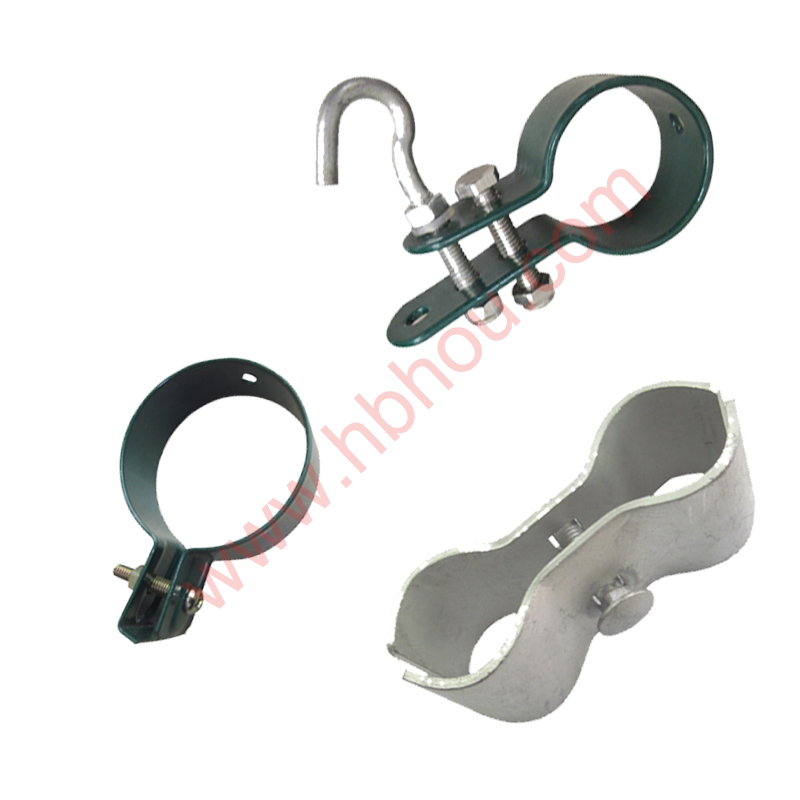Enhancing Your Garden with Plastic Plant Stakes
Gardening enthusiasts know that nurturing plants to thrive requires more than just water and sunlight. One often overlooked but essential tool in any gardener's toolkit is the plant stake. Among the various types available on the market, plastic plant stakes have emerged as a popular choice for both novice and experienced gardeners. In this article, we will explore the benefits, applications, and best practices for using plastic plant stakes in your gardening endeavors.
Understanding Plastic Plant Stakes
Plastic plant stakes are lightweight, durable, and resistant to weather conditions, making them an ideal option for supporting a variety of plants. Typically made from high-density polyethylene or PVC, these stakes come in various sizes, colors, and lengths, allowing gardeners to choose options that best fit their specific plants and garden aesthetic.
Benefits of Using Plastic Plant Stakes
1. Durability One of the most significant advantages of plastic stakes is their longevity. Unlike wooden stakes, which can rot over time, or metal stakes that may rust, plastic stakes resist the elements and can last for many growing seasons. This durability means that you won't have to replace them frequently, making them a cost-effective choice in the long run.
2. Lightweight Plastic stakes are notably lighter than their metal or wooden counterparts. This feature makes them easy to handle and reposition as necessary, especially for gardeners who may prefer to rearrange their plants as they grow. The lightweight nature also reduces the risk of damaging delicate root systems during installation.
3. Weather Resistance Plastic is impervious to moisture, which means these stakes won't warp or break down in rainy or humid conditions. This resistance is particularly beneficial for gardeners in wet climates. Additionally, plastic stakes do not conduct heat like metal, making them safer for plants during hot summers.
4. Versatility Available in a wide variety of colors and sizes, plastic stakes can be chosen to complement the aesthetic of your garden while serving their primary function. Brightly colored stakes can also provide visual interest and help mark the location of specific plants or rows.
5. Cost-Effective When comparing plastic stakes to other materials, it's clear that they often come with a lower price tag. This affordability allows gardeners to stock up and use multiple stakes as needed without breaking the bank.
Applications in the Garden
plastic plant stakes

Plastic plant stakes serve a plethora of functions in the gardening realm. Whether you're tending to delicate flowers, tall vegetable plants, or climbing vines, stakes can provide the necessary support to encourage healthy growth. Here are a few common applications
- Supporting Young Plants Tender seedlings can benefit from the additional stability provided by stakes. As young plants begin to grow, they may be susceptible to winds, heavy rain, or even their weight. A stake can help keep them upright and ensure they draw nutrients from the soil effectively.
- Guiding Climbing Vines For gardeners who enjoy cultivating climbing plants such as beans, peas, or morning glories, plastic stakes can act as trellises. By placing several stakes in a row and tying the vines to them as they grow, you provide a structure that promotes healthy vertical growth.
- Creating a Structured Garden For those who appreciate a neat and organized garden, plastic stakes can help define rows and sections. They can serve as markers for specific plants or areas, making it easier to navigate the garden while also keeping plants spaced appropriately.
Best Practices for Using Plastic Plant Stakes
To maximize the benefits of plastic plant stakes, consider the following best practices
- Select the Right Height Choose stakes that are tall enough to support your plants without being excessively long, which can create an unsightly appearance.
- Install Securely When placing stakes in the ground, ensure they are driven deep enough to avoid tipping over, especially during strong winds.
- Use Support Ties Use soft ties or plant clips to secure the plants to the stakes. Avoid using materials that could damage the plant stems, and regularly check the ties as plants grow.
In conclusion, plastic plant stakes are an invaluable tool for any gardener. They provide durability, versatility, and cost-effectiveness while supporting plants and enhancing the garden's structure and aesthetics. By incorporating plastic stakes into your gardening routine, you can ensure a healthier and more attractive garden throughout the growing season. So, next time you’re planning your garden layout, don’t forget to include these practical and essential tools!
















